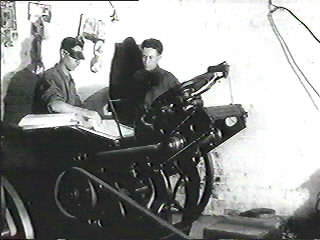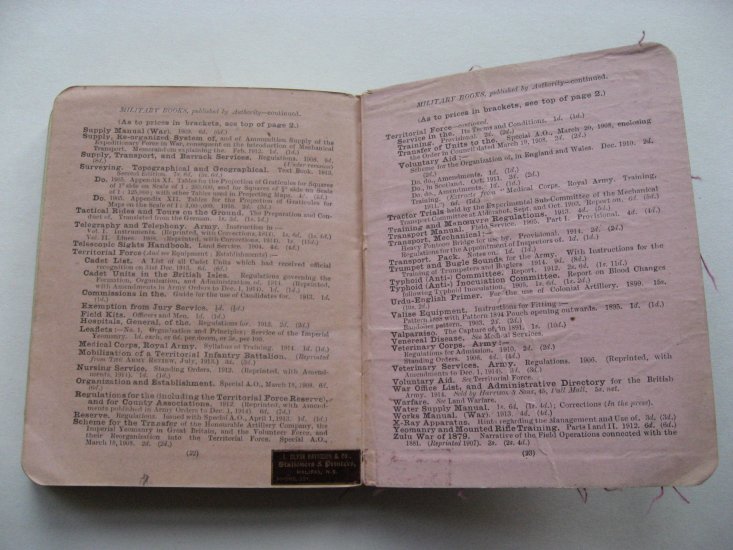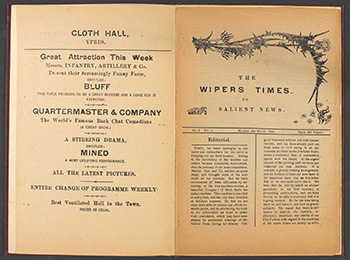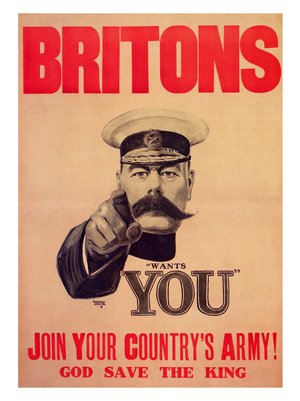Considerable contributions to the war effort were made by members of the British print industry during World War One.
As this is the centennial of the Great War, we wanted to take a closer look at the impact those brave printers made and the challenges they faced, as well as show off examples of print in the trenches.
Impact On The Industry
Initially, the print industry suffered when war broke out. There were considerable shortages and cutbacks, rising unemployment, and people moving into other war-related trades. However, amongst printers there was largely a patriotic attitude towards the war, with thousands of men volunteering. Many of them became field printers.

Print In The Trenches
With long hours, tight budgets and strict deadlines, people may have found civilian printing a challenging career; however, print in the trenches was a whole different story. Uncomfortable and treacherous conditions and cramped facilities were to be expected, as was printing the in the mud, in any weather conditions, while artillery fire was sounding overhead.
Army field printing was officially started in 1915 by the British Expeditionary Force, and formed the basis for the Army Printing and Stationery Service. It set up several encampments in Europe in 1916 and 1917. The printers primarily produced and distributed manuals, regulations, orders, field service postcards, phone books and translations of captured German documents.

The Wipers Times
In 1916, field printers also started producing the Wipers Times, on behalf of Captain Roberts and the Sherwood Foresters. They had discovered a shelled out printing works in France and commissioned it for their use, to print a divisional magazine. It was largely distributed along the Western Front throughout the war.

Back At Home
The other side of the coin from print in the trenches is that printing efforts once again picked up at home. Printing presses became busy when used for recruitment purposes, and the effect those famous posters had are a testament to the power of advertising. Printers were given a warm welcome when returning home from the front, and their contributions were commended in military and civic events. Sadly, many didn’t come back, but their children were assisted but organisations in Great Britain. The Printers Pension Corporation of 1918 and several other unions and federations look after them, most often with financial support.

Today, the need for print in areas of conflict remains as strong as ever. British Army Field Printing at present is with the 42 Engineer Regiment from Denison Barracks in Berkshire. They have played an essential role in all recent operations, including the Falklands, Gulf, Bosnia and Kosovo conflicts. 100 years after WW1 the technology may have changed, but the necessity has not.





